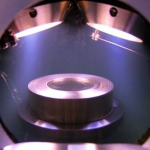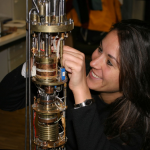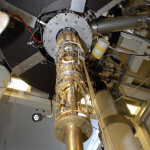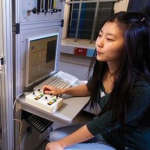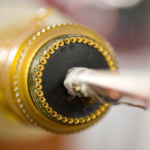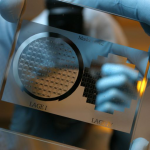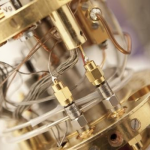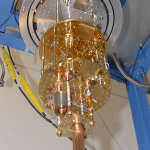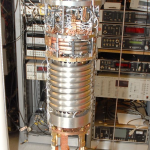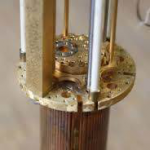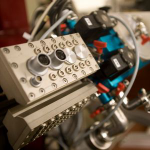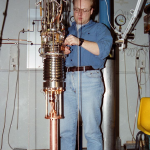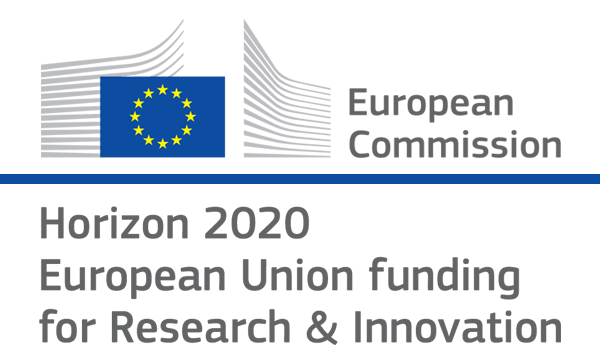

- Photon Transport in a Bose-Hubbard Chain of Superconducting Artificial Atoms
G. P. Fedorov et al., Phys. Rev. Lett. 126, 180503 (2021) - Path-Dependent Supercooling of the
He3 Superfluid A-B Transition
Dmytro Lotnyk et al., Phys. Rev. Lett. 126, 215301 (2021) - Superconductivity in an extreme strange metal
D. H. Nguyen et al., Nat Commun 12, 4341 (2021) - High-Q Silicon Nitride Drum Resonators Strongly Coupled to Gates
Xin Zhou et al., Nano Lett. 21, 5738-5744 (2021) - Measurement of the 229Th isomer energy with a magnetic micro-calorimeter
T. Sikorsky et al., Phys. Rev. Lett. 125 (2020) 142503
Decay of persistent precessing domains in 3He-B at very low temperatures
S.N. Fisher G.R. Pickett, P. Skyba, and N. SuramlishviliThe B phase of superfluid 3He can support regions of extremely long-lived coherent spin precession at ultralow temperatures, known as persistent precessing domains (PPD). The domains have been described in terms of a Bose-Einstein condensate of magnons and in terms of Q balls in field theory. The domains form in a magnetic field minimum along the vertical axis of a cylindrical cell. When far from the ends of the cell, the PPD lifetime grows exponentially on decreasing temperature. When the PPD is close to the horizontal end wall of the cell, an extra surface dissipation mechanism dominates at low temperatures. We present measurements of the PPD generated at various locations in the cell over a broad range of temperatures below 0.3 TC. We compare the measured properties with theoretical expectations for spin-wave modes. We present model calculations of different dissipation mechanisms and we compare these to the measured lifetimes.
Phys. Rev. B 86, 024506 (2012)
doi: 10.1103/PhysRevB.86.024506
